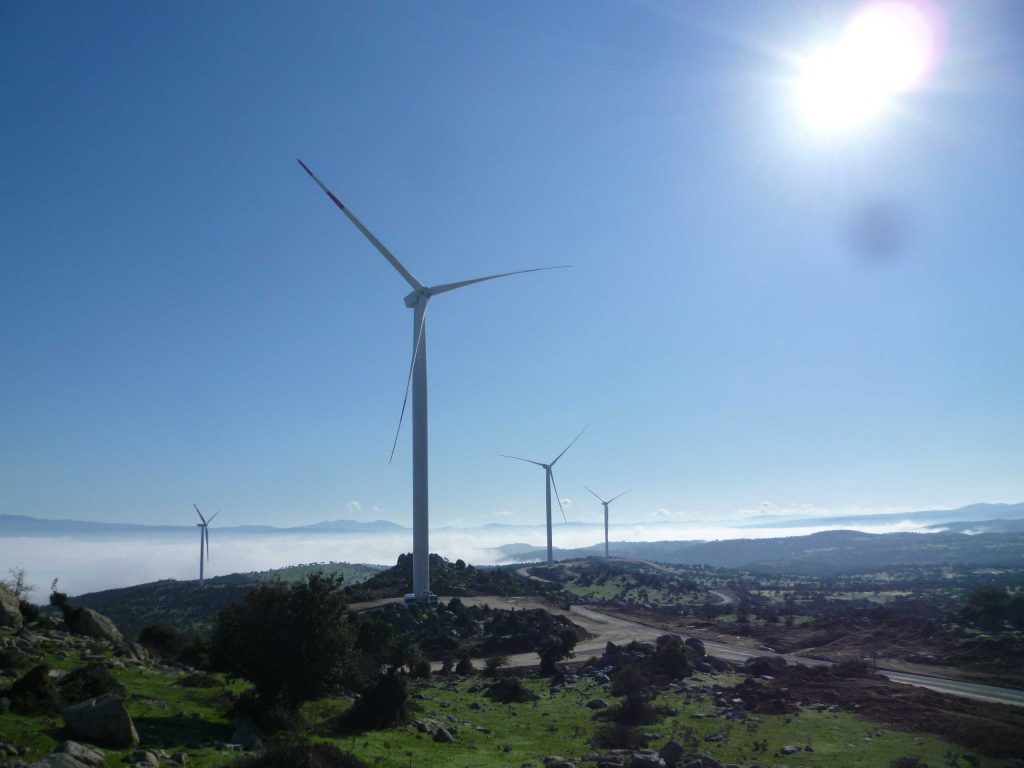Sunday, November 2, 2008
SMYRNA 1922
By Giles Milton
Basic Books, $27.95, 426 pages, illus.
REVIEWED BY MARTIN RUBIN
On Wednesday, Sept. 13, 1922, the ancient city of Smyrna (now Izmir) on the Aegean Sea, which had long been a prosperous cosmopolitan trading hub, was a charnel house. Caught up in a 10-year cycle of war which had seen Greece and Turkey fighting for control of the region, the largely Greek city (its Hellenic population of more than 300,000 much larger then than Athens’) had been sacked by the Turkish forces under Mustafa Kemal, later known as Kemal Ataturk, the founder of modern post-Ottoman Turkey.
Scenes of almost unimaginable brutality and horror ensued: Untold rapes and cruel assaults – limbs, noses and ears hacked off -and murders by scimitar, bayonet and club. Not content with mayhem on this scale, the invaders scattered gasoline throughout the city and set it alight. Desperate to escape the inferno, much of the city’s populace streamed down to the harbor, a scene that must have merited the term indescribable if ever one did. But Giles Milton, a British writer, has managed the difficult task of harrowing the hell that Smyrna must have been 86 years ago and is capable of painting such scenes thus:
“The Smyrna quayside had indeed become a scene of abject human misery. Almost two miles long – and wider than a football pitch – it was large enough to accommodate hundreds of thousands of homeless people. … By the time dusk fell on that terrible Wednesday, the quayside was crowded with almost half a million refugees.[Smyrna had a large Armenian as well as Jewish and European populations.] They stood in real danger of being burned alive for the fire had by now reached the waterfront – a scalding, pulsating heat that was transmitted from building to building by the liberal use of benzine. . . . The heat was soon so intense that the mooring lines of the ships closest to the waterfront began to burn. All the vessels moved 250 yards out from the quayside, yet the heat was still overwhelming. . . . The flames leaped higher and higher. The screams of the frantic mob on the quay could easily be heard a mile distant. There was a choice of three kinds of death: The fire behind, the Turks waiting at the side streets and the ocean in front … in modern chronicles, there has probably been nothing to compare with the night of September 13 in Smyrna.”
If there was one thing that could make this hellish scene worse, it was the fact that Smyrna harbor was packed with warships from Britain, France, Italy and the United States, their crews witness to what was taking place but under strict orders not to intervene. (It is interesting to note that it has been reported that this book was on John McCain’s reading list and that he has singled it out as having resonated strongly with him.) The descriptions of these scenes of desperation as people struggled to reach the ships and were beaten back physically by the crews shamefully under strict orders to do so are literally sickening to read: What must it have been like to be the participants beggars even the most vivid imagination.
from the book cover
Milton tells his story unflinchingly and does not disguise his outrage. He is very good at providing the historical context for this dreadful episode: A complicated tale involving World War I and its aftermath, great power politics and adventurism, and a wildly expansionist Greece dedicated to restoring the lost grandeur of the Byzantine Empire. But although his goal is understanding the underlying causes for this incident, never does he fall into the trap of allowing any of this knowledge in any way to mitigate the unpardonable atrocities of those September days in Smyrna. He tries to find heroes and sometimes succeeds: Asa Jennings, a Methodist minister from New York newly arrived in Smyrna, managed eventually to overcome callous policy and bureaucratic hurdles to rescue many of those who managed to survive the fire but still faced deportation and certain death.
The book justifies its title by summoning up the lost world of Smyrna, with its worldwide trade in dried apricots and the figs that bore its name. A bustling town where Jews, Christians and Muslims had lived in peaceful harmony for many centuries, Smyrna was also home to a group known as the Levantines: merchant families from Europe who had lived there for generations and made great fortunes from trading. Smyrna’s lost world of opera houses, luxurious hotels and splendid villas does seem paradisal in Mr. Milton’s account, although he may perhaps have been overly credulous in accepting the understandably rose-tinted accounts of those few eyewitnesses still living whom he assiduously tracked down. Still, he is not wrong in pointing out how so much can so quickly be destroyed in an orgy of destruction like this, no matter its origins: A cautionary tale indeed for John McCain – and for all of us.
Martin Rubin is a writer and critic in Pasadena, Calif.


Leave a Reply